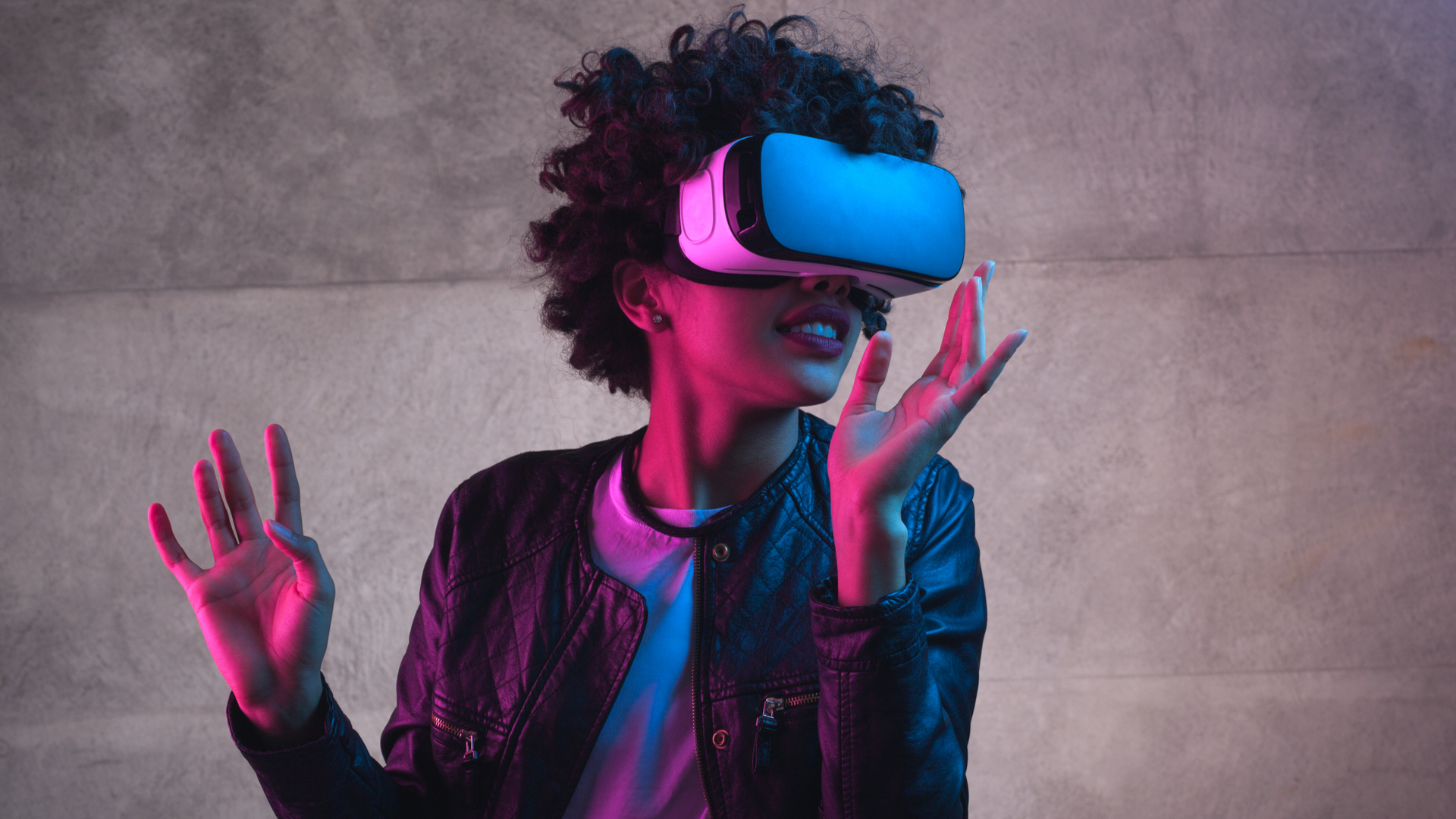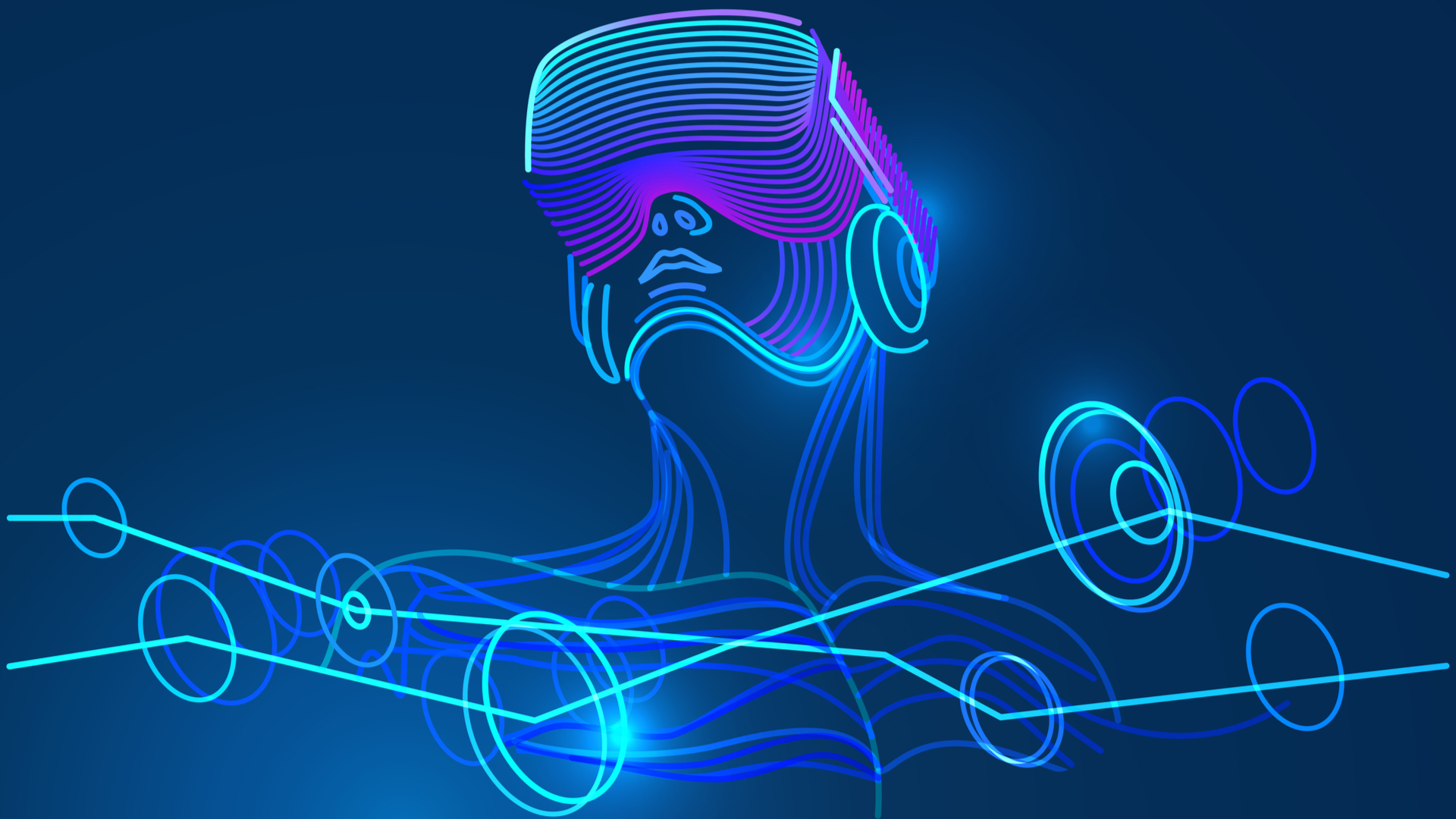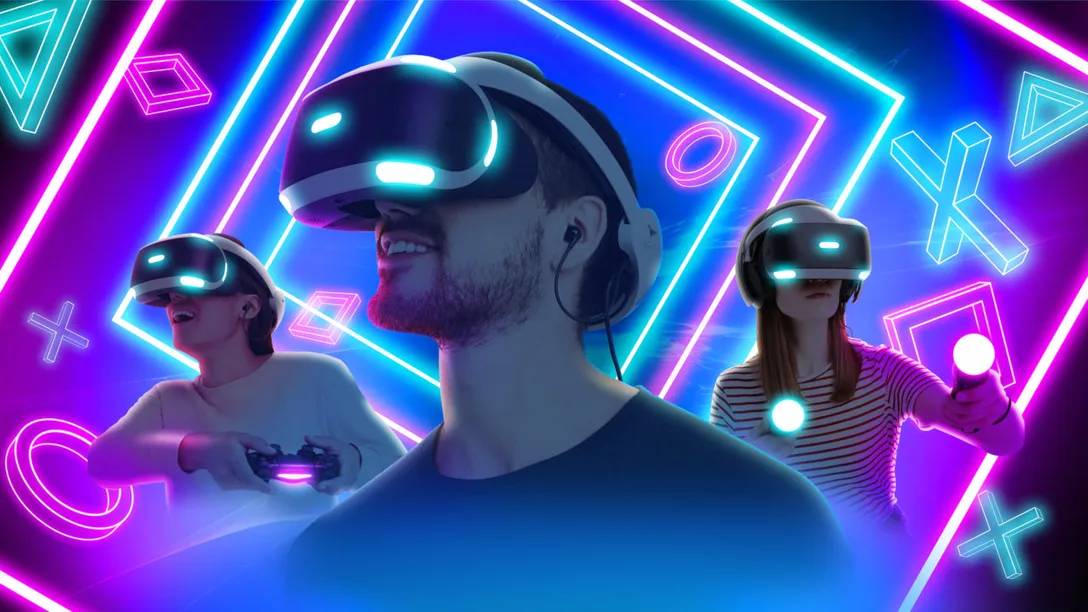How to stop VR sickness: the best ways to reduce VR motion sickness
A science-based look at VR sickness

With the popularity of VR gaming rising, so too has the number of players cursed with VR sickness. For those who suffer from it, VR motion sickness can completely ruin your VR experience, stopping you completely from playing fantastic titles like Half-Life: Alyx, or forcing you to cut your playtime short until the queasiness subsides.
Motion sickness is common in ordinary gaming, but the causes of VR sickness are slightly different. The underlying cause, however, is the same: conflicting senses – your eyes do not follow what your body is feeling.
More technically, as described by Eiji Sakata, Kyoko Ohtsu, and Hideaki Sakuta in the International Tinnitus Journal, motion sickness is caused by “… both inner-ear stimulation by body movement, especially a Coriolis-type stimulus, and optokinetic stimulation due to the shift of the surrounding visual fields.”
Fortunately, according to computer scientists, there are ways to reduce VR motion sickness so you can enjoy the best VR games to their fullest. In this article, we’ll have a look at how to stop VR sickness, according to the experts.
- The best VR prices and deals
- Best VR games: the top virtual reality games to play right now
- Best PlayStation VR games: the PSVR games you need to play
Additional sensory input

One of the ways to overcome VR sickness, identified by five different medical studies highlighted in the International Journal of Human-Computer Interaction, is to have “multisensory information” around while playing. In these studies, users were found to be more likely to experience VR sickness when they were playing in silence.
“By adding multisensory information to the VR, the user can successfully handle the mismatch between the sensory information since additional inputs are available in the multimodal VR,” the journal reads. “Previous studies showed that when participants experienced a VR with pleasant music or aroma, they reported less VR sickness compared to when there was no additional sensory input.”
What forms could the multisensory information take? Well, it could mean having a window open that brings in white noise from the bustle of the world outside. Or spraying some perfume, or a smell that might correspond with the VR you’re experiencing. Although we wouldn’t suggest one that simulates the Whiterun stables in Skyrim VR.
Sign up for breaking news, reviews, opinion, top tech deals, and more.
Dynamic depth of field

Dynamic depth of field is a visual effect used in 3D games that brings a specific area or object into focus while blurring the background. It mimics the way the human eye works: we see (with apologies to the short-sighted) what we’re looking at sharply, and very little else.
Without this effect, 3D scenes in a head-mounted display (HMD) present all objects equally in focus. Applying dynamic depth of field effect in VR games has proven to be very effective in reducing motion sickness.
A study carried out by Carnegie and Rhee in 2015 applied real-world visual perception to a VR scene by blurring out everything that wasn’t in focus. By doing this they found that users experienced less VR sickness.
So, reducing the dynamic depth of field in your VR game will help to reduce the chance of sickness occurring. “Like the method of reducing the FOV [field of view], dynamic depth of field can serve to decrease the amount of visual input which causes sensory conflicts,” the study states. Unfortunately, not all VR games offer this setting, but are likely to eventually. It also requires some improvement in certain games, and so still has some way to go.
VR peripherals and physical movement

Several studies have found that being able to move your body while using VR can reduce VR sickness. You don’t have to move your whole body, just at least the upper part of it. Think dodging high-security laser beams in an art heist – ahem, movie –.
This is likely due to the way our brains process and perceives things. The paper Virtual Reality Sickness: A Review of Causes and Measurements, says: “If a person can move his/her body voluntarily, the internal model of the brain can be actively updated, which helps to cope with conflicting sensory information.”
There are many peripherals are for sale which might counter the effects of VR sickness. The monstrously expensive Cybershoes strap to your feet and give you full freedom to explore 360 degrees of your virtual world on a rotating stool. However, considering not everyone will be able to afford Cybershoes, a simple (and more affordable) way to do this at home is to make use of VR controllers and accessories such as the PlayStation Move controllers.
Anti VR sickness software

There are also useful programs that can help to reduce VR sickness, but there’s no guarantee they will work for everyone.
Spanish company, Myou Software’s popular VR software Natural Locomotion allows you to control any SteamVR game by walking, running or jumping, using your feet and arm movements to emulate controller thumbstick input. According to Myou, this creates a more immersive (and therefore more comfortable) experience.
It currently sits at a “very positive” rating on Steam, based on 88% of reviews and typically sits at a $14 (£10, AU$16) price point.
Regular use of VR to reduce VR effects

Another way to reduce VR sickness, although not always guaranteed, is by building up a tolerance; beginning with short play sessions and increasing their lengths over time. This might, however, only work for the games you have practiced with.
Something else to consider is the length of time you spend playing VR games. Research has been carried out into the connection between the length of time a player spends in VR and VR sickness.
Scientists believe it’s advisable for developers to stipulate a recommended amount of time to spend in any VR experience, as this could reduce the uncomfortable effects that it can cause on the body. So, avoid spending long hours in VR, just as you likely do with regular gaming.
Also, if not expressly stated, try and keep a personal record of how long you can cope with using VR without experiencing any discomfort and use that as a marker for how long to play each time.
Anti-nausea medication
Anti-nausea medication can combat VR sickness for some players just like it does seasickness.
This is a solution we are reluctant to include because some people may have health conditions which could have dangerous interactions with other medications. So, we won’t suggest any specific anti-nausea medication, and advise that you always consult your doctor before taking anything.
While VR sickness is an unpleasant experience, a lot is being done to identify and assess its impact and reduce its effects in users. With more and more literature contributing to this, VR developers are assembling the knowledge and tools required to ensure a more pleasant VR experience for gamers worldwide.

Rosario Blue is a writer, playwright, and freelance journalist.
She is a Global Goodwill Ambassador for Postcards for Peace.